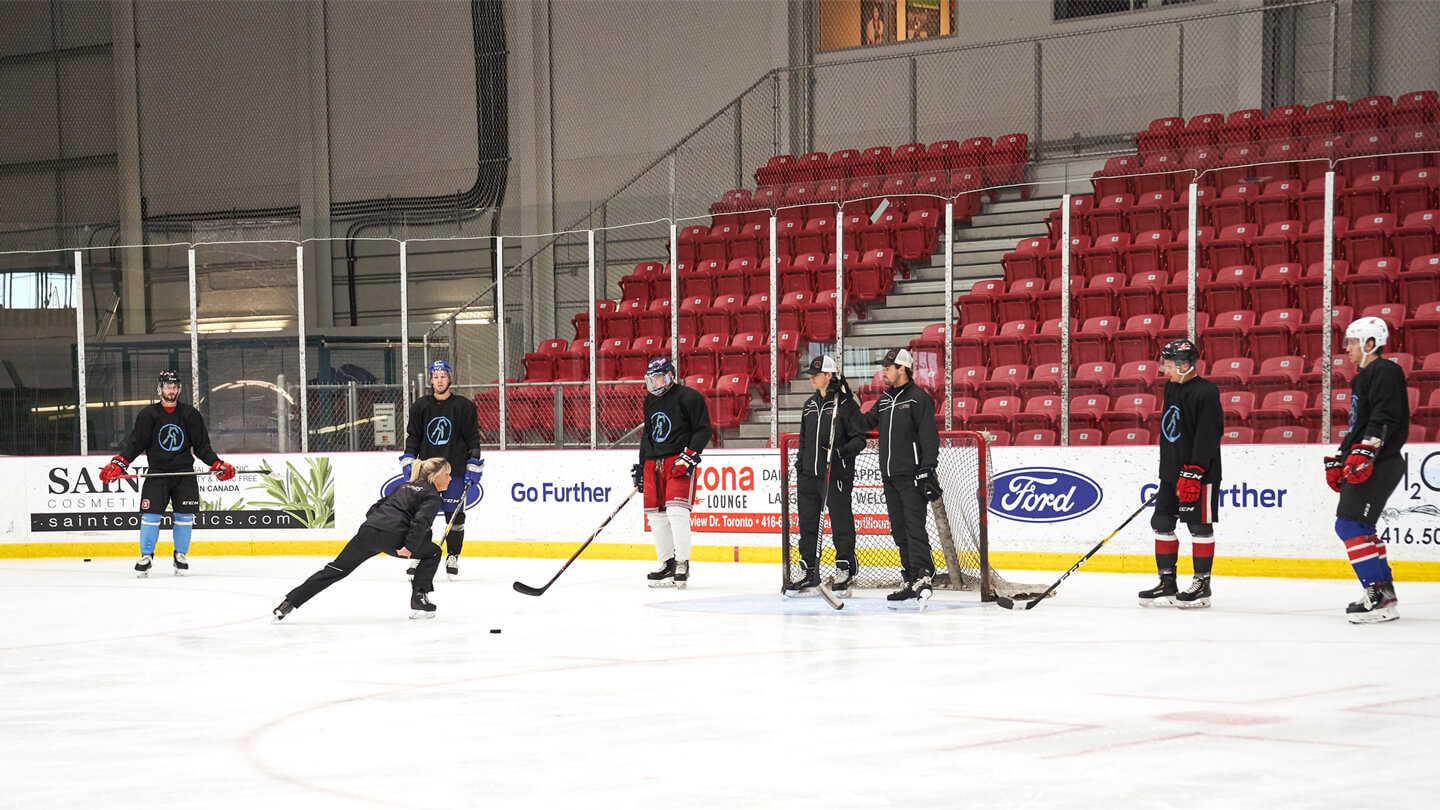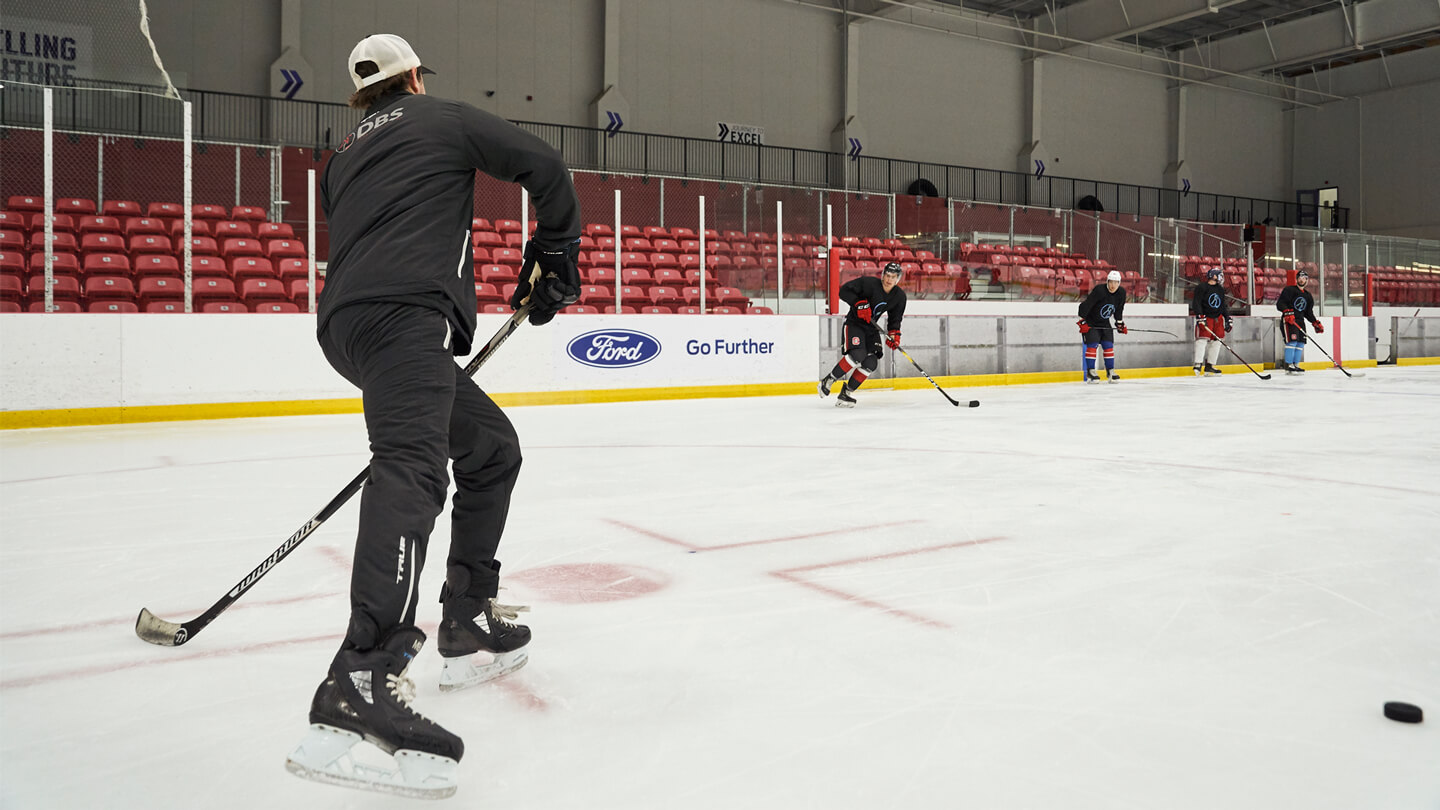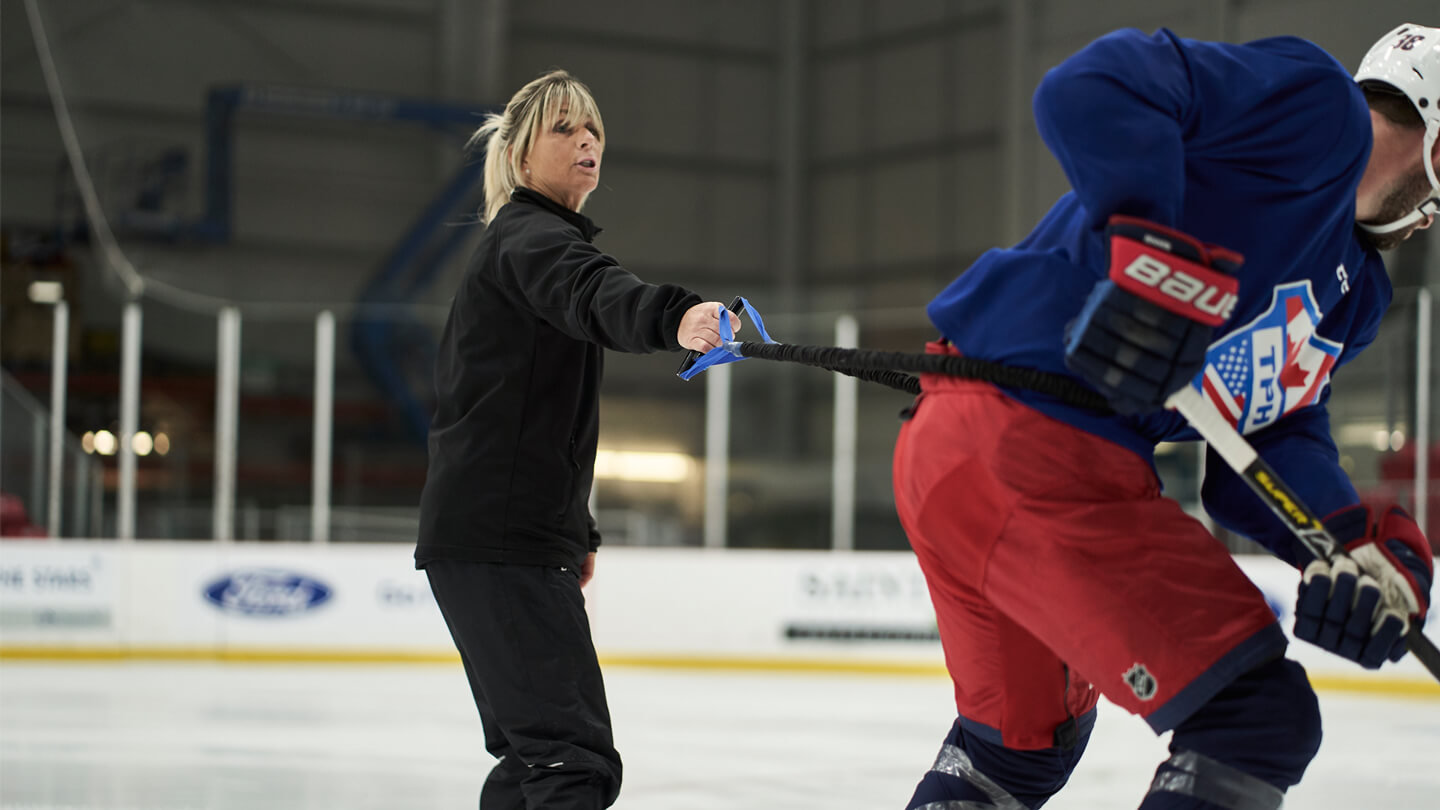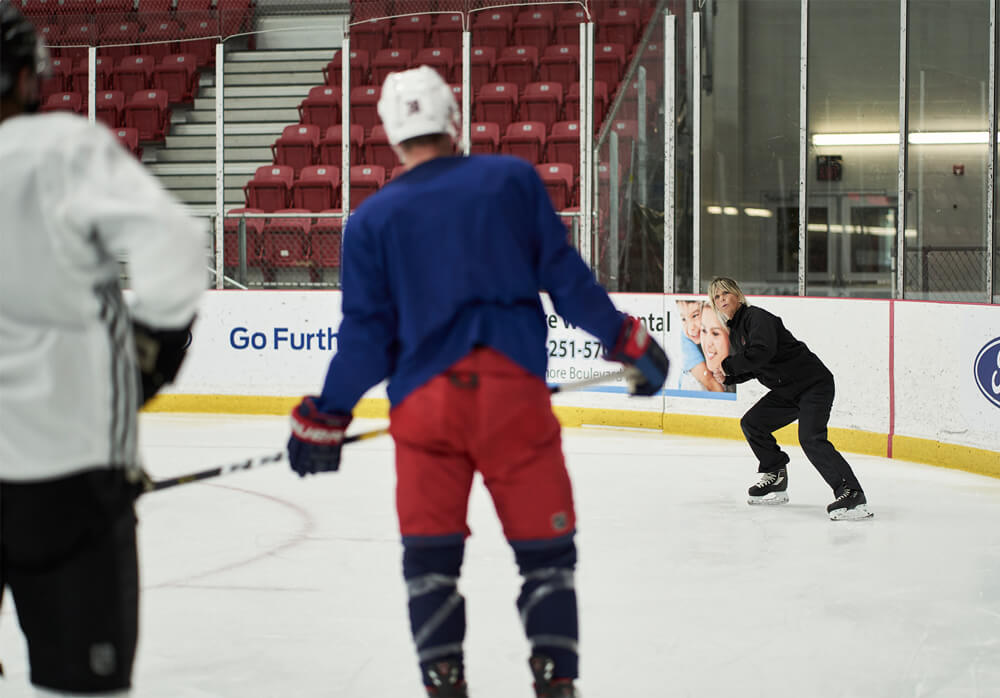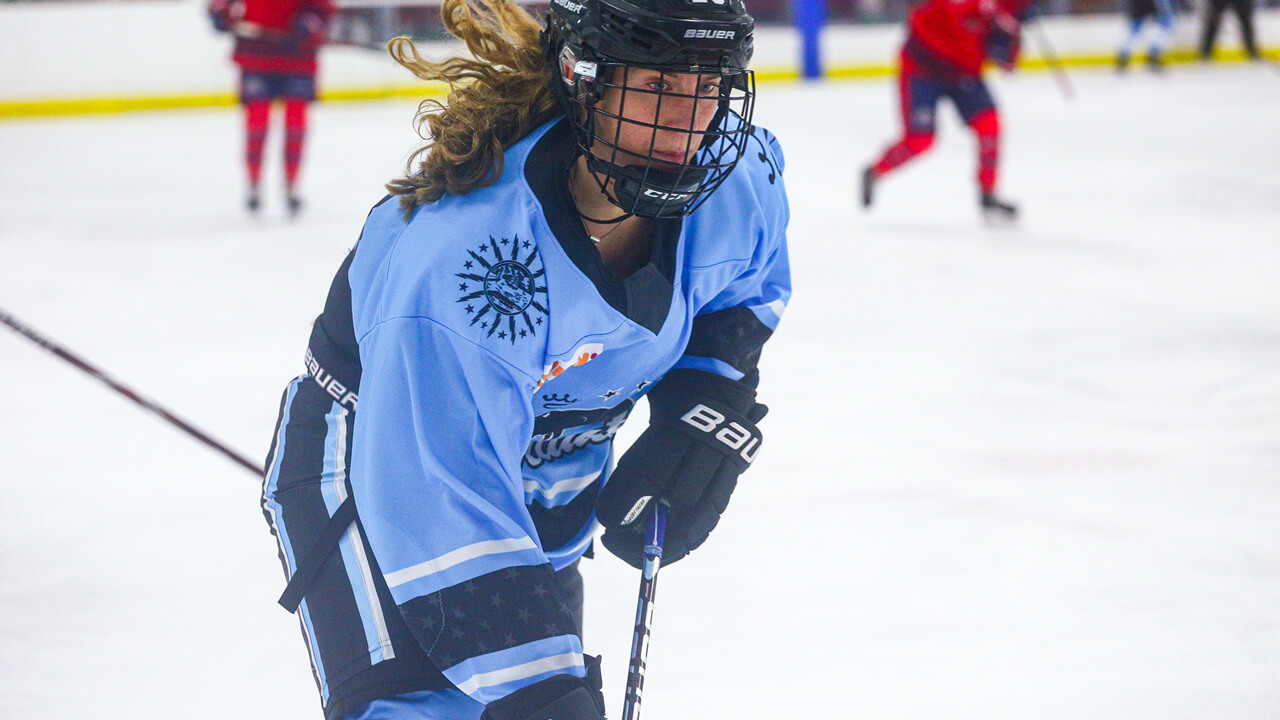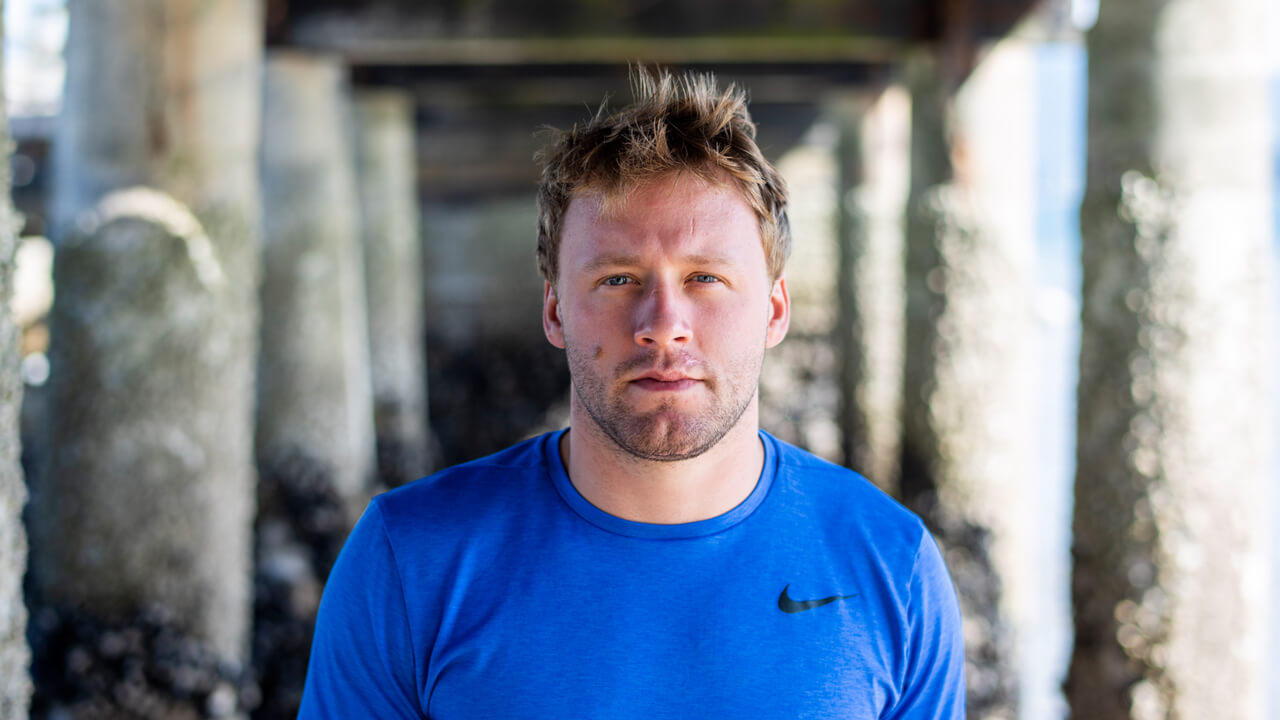More and more NHL organizations are embracing that previously untapped well of knowledge, with ex-figure skaters earning coaching roles across the league. “They’re looking to people like myself and Barb Underhill and Tracy Tutton — both of whom are very dear friends,” Braid says. Underhill, a former Olympic figure skater and world champion, has served as a skating consultant for the Maple Leafs since 2012. Tutton, who logged 25 years as a figure skating coach, works in a similar role for the Colorado Avalanche. Ten NHL clubs now employ former figure skaters in skating-related roles.
Nichol, who co-founded BioSteel and now trains crews of top-flight pro athletes each summer, has seen every stage of this recent evolution on and off the ice, and how it’s made coaches like Braid invaluable resources for today’s NHLer. “Anything you can do to set yourself apart from the person you’re competing with for a [roster] spot is going to be essential,” he says. “There’s a premium on skating, and being a big, huge, strong, sturdy guy — which might’ve been pretty valuable 15 or 20 years ago — is not valuable anymore if you can’t move. You have to be able to move out there.”
For a whole host of veterans like Okposo, the game’s changes have meant the sport they grew up playing seems an antiquated relic at this point. The world has sped up around them, forcing them to start from scratch. “As a late-20s professional athlete, a guy who’s been skating since he was five years old, to have to completely re-learn how to do it, that’s tough. That’s really hard,” says Nichol. “For a lot of guys, they have to battle their pride and their ego, and be willing to admit that they don’t have expertise in something that’s so fundamental to their game. To go back and be willing to be uncomfortable, be willing to be awkward, be willing to fail, be willing to struggle with something that should be second nature to them. I think [for] a lot of guys, it’s hard for them to do when they’re already established as pros.”




